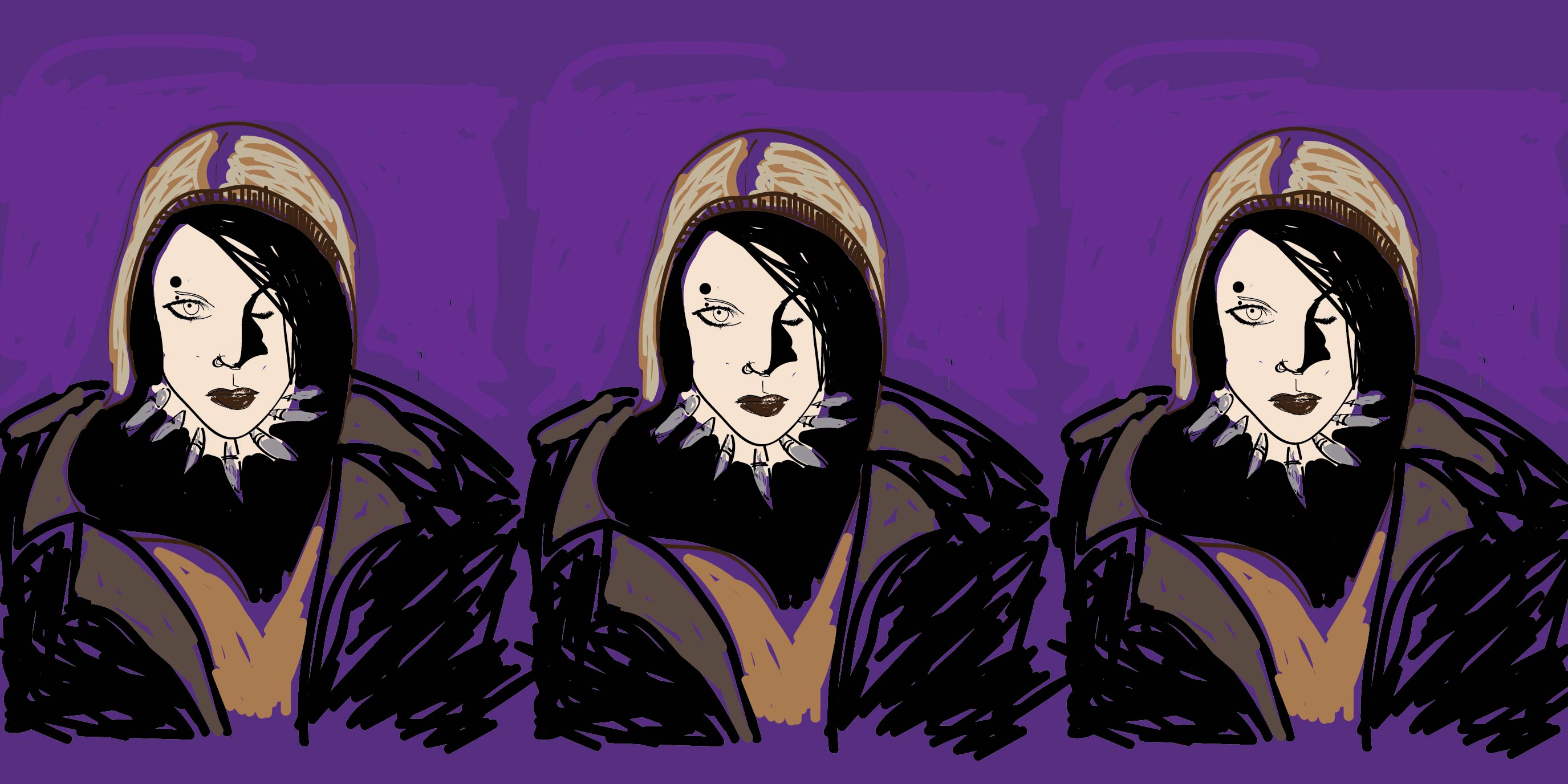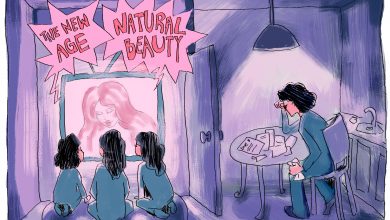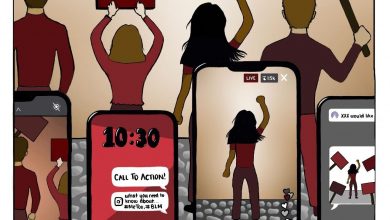THE REIGNING (AND REINED) ANTI-HEROINE: An analysis of the treatment of female anti-heroines in popular culture

Illustration by Hannah Diaz
The 1950’s Golden Age of Television marked the rise of the male “anti-hero”: a maverick straddling the line between moral and immoral, occupying a grey area of humanitarianism. An anti-hero was both the asshole one couldn’t help but root for (think along the lines of Emily Brontë’s Heathcliff) as well as someone whose struggles made him more relatable (like, Batman).
This era, despite being lionized as the Golden Age of Broadcasting, was bleak for women on television. Used only to further the plot of male protagonists, women were merely ancillary to the storyline.
Tides as of late have changed. From Girl with The Dragon Tattoo’s Lisbeth Salander to Gone Girl’s Amy Dunne, now is the time for anti-heroines. Anti-heroines come in all forms. Salander is an outcast, declared incompetent by the State. She makes decisions on the basis of their consequences, not their moral implications, and despite her sexual fluidity she does not care to classify her sexual orientation. She fits the archetype for the anti-hero: she is an outcast, and maintains an ambiguous stance on morality and sexuality. Dunne, on the other hand, is assimilated in the mainstream: she is an accomplished individual, a woman of many talents from knowledge of French culinary to Spanish expertise. She is an antihero only in her disregard for the law, which she duplicitously conceals. While, Dunne, uses the legal system as means to achieve her end, Lisbeth is shunned by the system and turns her back on it. She instead operates as a vigilante, enforcing her own brand of justice.
The range and variations in the portrayal of anti-heroines in literary culture today is indeed an achievement. However, the delineation of the female anti-heroines differs from that of her male counterpart. The actions of the anti-heroine are constantly rationalized. Salander is heavily hinted to have Asperger’s syndrome, which is used to explain her outlier character traits. Dunne is constantly outshone by Amazing Amy, the eponymous protagonist of her parents’ books. Her jealousy and resentment are used to explain her behavior.
Whether rationalizing the actions of anti-heroes is problematic or not is highly debatable. On one hand it fleshes out the character, helping the audience in understanding the protagonist and discloses the protagonist’s interaction with society. Anti-heroines and anti-heroes are often the product of societal evils, so the latter is very important to their characterization.
On the other hand, male antiheroes are not often not given a backstory that explains their moral values (or lack of thereof). Daniel Craig’s recent revelation that James Bond was a misogynist did not lead the media to wonder why this was the case, but if this was the case. Similarly, Don Draper’s misogyny is unwarranted and unexplained.
This could perhaps be because we are not used to female characters that aberrate from societal norms, and thus need justification of their behavior. While misogyny, because it runs rampant, is not examined microscopically.
Another reason for rationalization, is the need to make female characters likeable. An anti-heroine whose actions are not reasoned out runs the risk of being disliked. This can best be seen through the negative response to Jada Pinkett Smith’s character Fish Mooney in Gotham. Mooney’s character wants to take over Don Falcone’s empire, and betrays him to the greatest extent in her pursuit of power. Her motives for wanting power are unexplained, and don’t need to be explained.
We can all learn from Fish Mooney’s characterization and give our anti-heroines the same moral leeway that anti-heroes are blindly given. It is high time we stopped pigeonholing women into slots dictated by our perception of what it means “feminine”. It is high time we furthered the shift and let loose our anti-heroines.




